
Pregnancy Yoga Modification For Hot Yoga
Jan 26, 2018Disclaimer: While this post is for any practitioner and any yoga teacher, it is important if you are pregnant to make sure you spoke to your doctor about this, ESPECIALLY if you are NEW or in your FIRST trimester. Know your body! Know your limits!
-----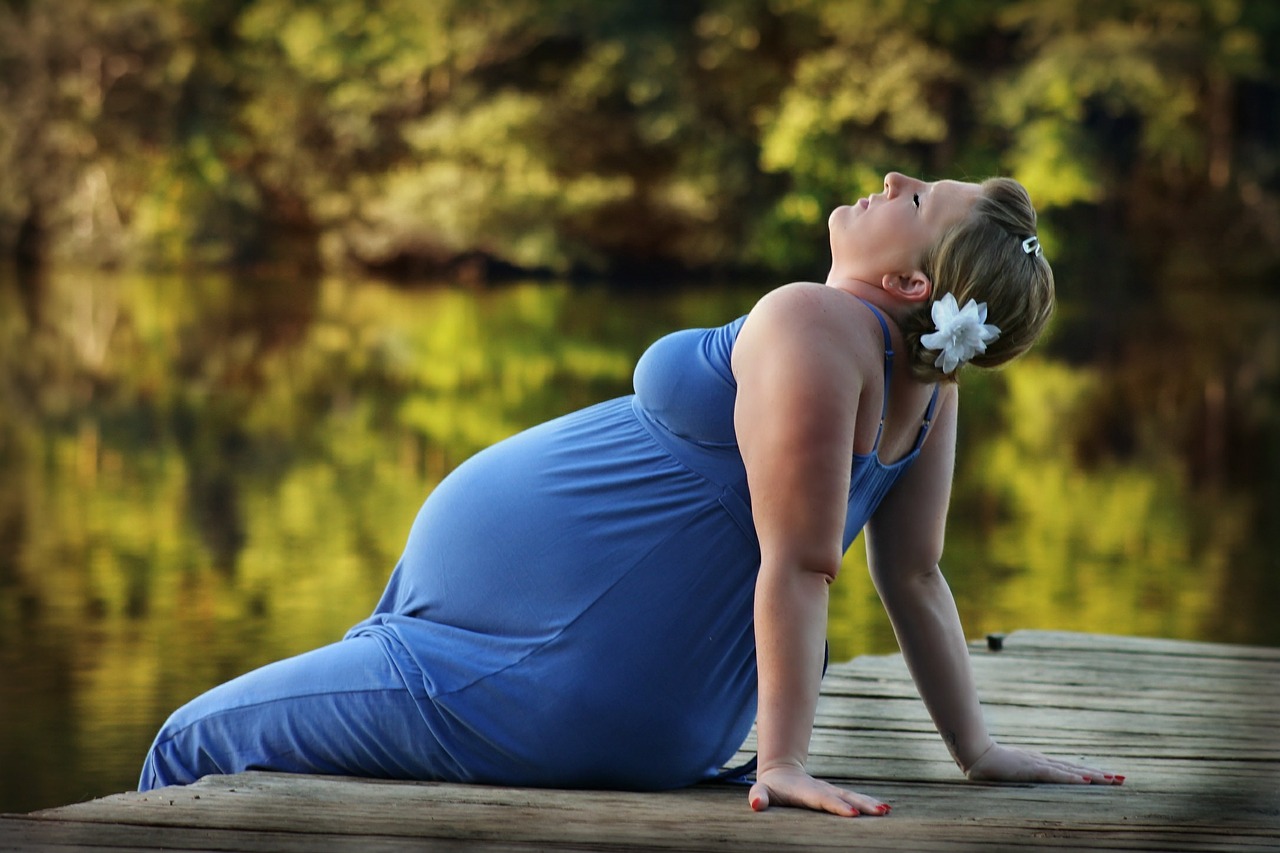 I have to write the above disclaimer.
I have to write the above disclaimer.
But if you have a yoga practice, or if you are ok with physical endurance, and are in your second trimester, which means that only now does it even make sense to apply modification, read on!
First let me say, I have never given birth. Nor will I ever give birth. I am a Yogi, by that I only mean to say I am a male practitioner.
My X-Wife practiced the primary series (ashtanga yoga) every day until the day she delivered our son.
While living in Thailand and teaching Bikram Yoga I saw countless of pregnant women practicing every day. They would not give up a practice they found to be so healing and empowering when they were not pregnant, and why should they?
When I first had a pregnant woman in my yoga class, way back in 2001, I did not run for the woods or dumb the class down in fear of causing harm to the mother or the unborn.
I did not pay hundred of dollars for a weekend "pre-natal Yoga training." Technically they did not exist yet.
Yoga at the end of the day is not rocket science. With his, simple, common sense, teaching that Iyengar offers in his book 'Light on Yoga,' and talking to female practitioners who did not change their practice, but rather expanded their awareness thru their pregnancy, I confidently walked up to the student and said: 'I see that you are pregnant. How beautiful. Simply listen to your body, and remember you are carrying a child in your belly. To avoid any extra pressure simply open your legs as wide as you need when you fold forward, or in downward dog to give room for your child. When we lie on the stomach I will come over and whisper the poses that will be good for you.'
Then I started my class.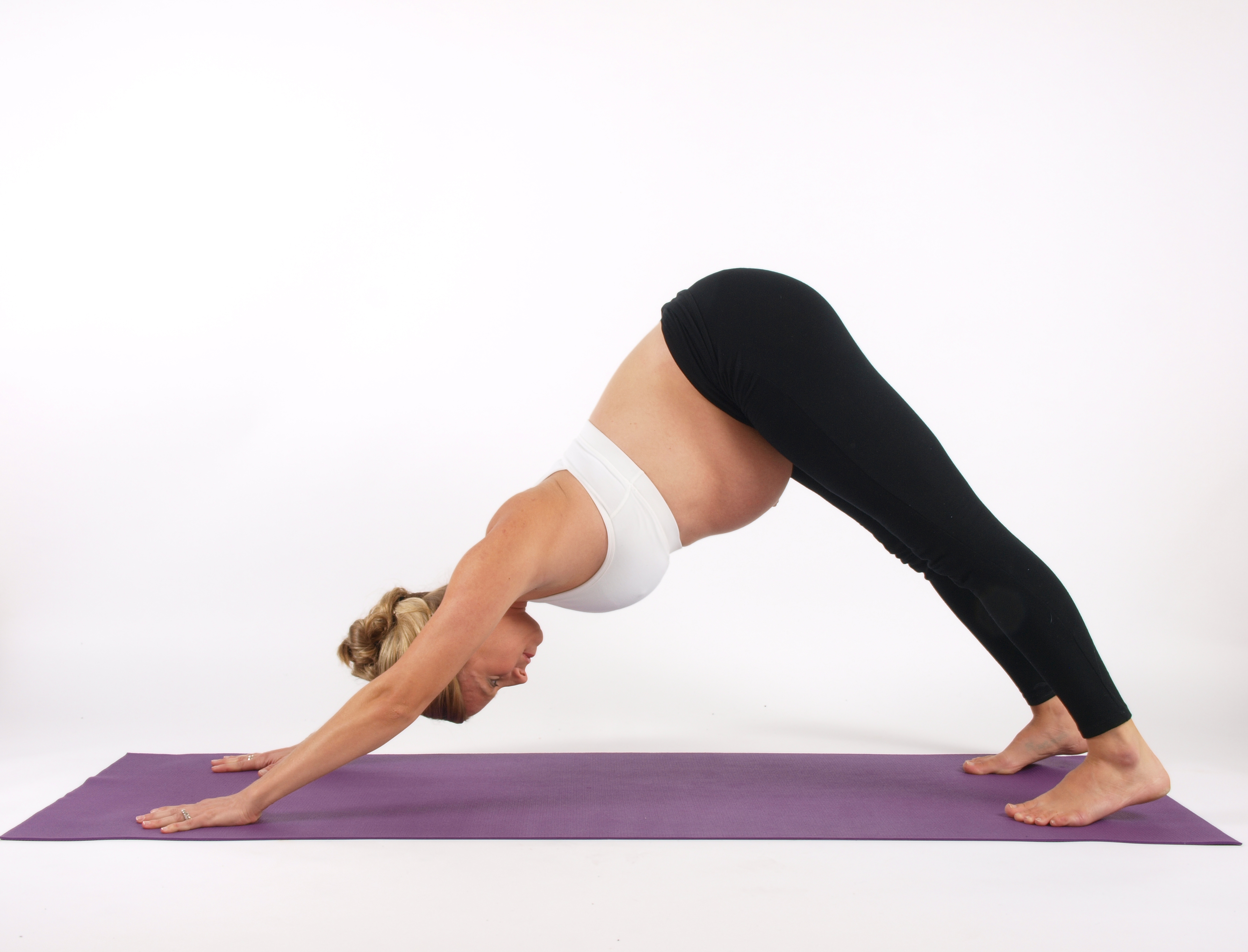
Ashtanga and Hot Yoga are set sequences that allow new and seasoned teachers to develop confidence in the power of YOGA! The intelligence behind the yoga sequence in both styles is validated by the hundreds of pregnant practitioners who enjoyed the practice with the modification you will learn in the rest of this blog.
Second, you should trust your common sense instinct more than the idea that the person who holds a paper is better than you. If you are a teacher, ask yourself what other common sense understanding did you gain simply by reminding yourself that pregnancy means carrying an unborn child, and mother nature intended for the child to be pressed upon, moved, and interacted with the world.
More than that, the idea that there was silence in the womb is not only erroneous, it is ludicrous. The inner environment in the body is constantly under the hum and drum of the heart beat. The movement of the blood, and the digestion sounds which can be heard in a silent room, are other sounds that begin to infuse the fetus with excitement of the world to come.
With yoga, the strain of carrying a growing child can be reduced, and complication of pregnancy reduced as well.
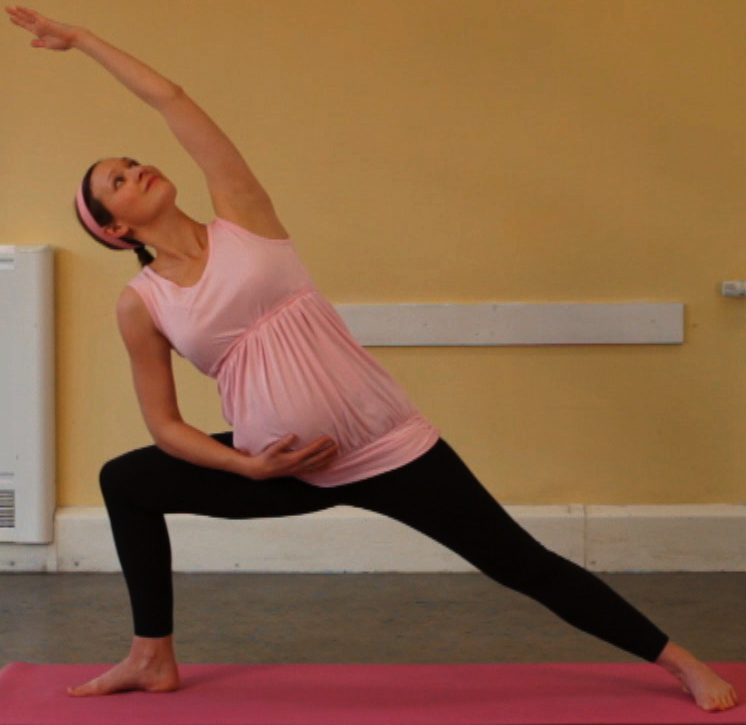
So, what other common sense understanding can you think about?
- When twisting the body, rotate away from the closed side. The closed side is the side that blocks the movement. In Ardha Matsyandrasana (lord of the fish twist pose) or Marichiasana C, D, F, or H (this pose which is dedicated to the great sage Marichi is usually only practice the C variation, which is simply a seated spine twist with your knee up against the chest).
In seated twists, the leg blocks the chest and the belly.
Why would one press the head of an unbron child into the leg? Common sense means that once the belly grows, the twist should be done in the opposite direction to the leg. Or in simple terms, twist away from the close side.
- Rather than lying on the belly in floor spine poses (like cobra, floor bow, locust, frog, etc) seek poses that work your spine while lying on back, or using the hips and arms (I will provide specific poses below, but this pigeon or bridge).
- Light pressure and movement are good for you and your baby! When you feel the end of a pose, either because you feel pressure at the front, or a sense of a rubber band about to tear off in the back, stop and enjoy the breath.
Common sense, right?
Common sense aside, what are the actual poses to chose in a hot yoga class? If you practice Bikram or Hot 26 check out the poses below.
If you practice in a hot room, and there is music with flow such as in Core Power, Sumits Yoga, Intentional Hot Yoga, Radiant Hot Yoga, Sun Yoga, Absolute Yoga, or Haute Yoga to name a few, then what you really practicing is BikYasa, which just means a fusion of Hot and Flow. The original BikYasa weaves the principles with modern music and silence, with scientific principles that are drawn from the practice of Hot and Ashtanga.
The common theme in all these practices is the understanding that working the spine is the most important part of doing yoga poses.
Since pregnant women should not lie on the belly, here are variations for the 4 poses on the ground:
Cobra (Bhujangasana) - lie on your back and do bridge pose (Setu Bandha Sarvangasana). In Bikram, 90 min Hot 26, or BikYasa when they chose both sets of cobra, do bridge for both sets.
Bikram Locust (Shalabasana) - Option A is 'thread a needle' when you lie on your back, knees bend and opposite ankle is placed on middle of opposite thigh. Lift foot off floor and insert hand thru the hole created by ankle and thigh.
Catch leg with both hand and press knee away from body. This will stretch the arms and create hip freedom.
Option B is to turn onto all 4 and do pigeon pose (eka pada raja kapotasana with your chest up as you brace yourself on your hand with straight arms).
For classes that last 90 minutes and there are 2 sets of each pose on the stomach, do pigeon or thread needle on one leg for one set, and the other leg for the second set.
Full Locust/Ashtanga Locust/Flying Locust - Same options as those for Locust. Though if you want to return to bridge, do that. Avoid Wheel, unless you want to do 4 sets of wheel (wheel is the modification for floor bow), or if you are advanced practitioner with forearm wheel in your practice, you may wish to practice those modifications.
Floor Bow - Choose Wheel. If Wheel is not in your practice, bridge pose. Consider Support Bridge as you bend your elbows and place your palms under your pelvis.
In the Hot Yoga Room (even in a class like BikYasa that has flows and warriors) it is the lying on the belly poses that are the most taxing for pregnancy.
Open your legs in forward bend and apply the modification mentioned here next time you practice.
Share this article on your social media and comment on what you benefited, or if you found other poses that helped achieve the benefit of working the spine effectively for longevity and health.
Join me in Thailand every June for a personal retreat in possibly one of the world's most pristine beaches in Southern Thailand.
Click here to learn about this June retreat options.
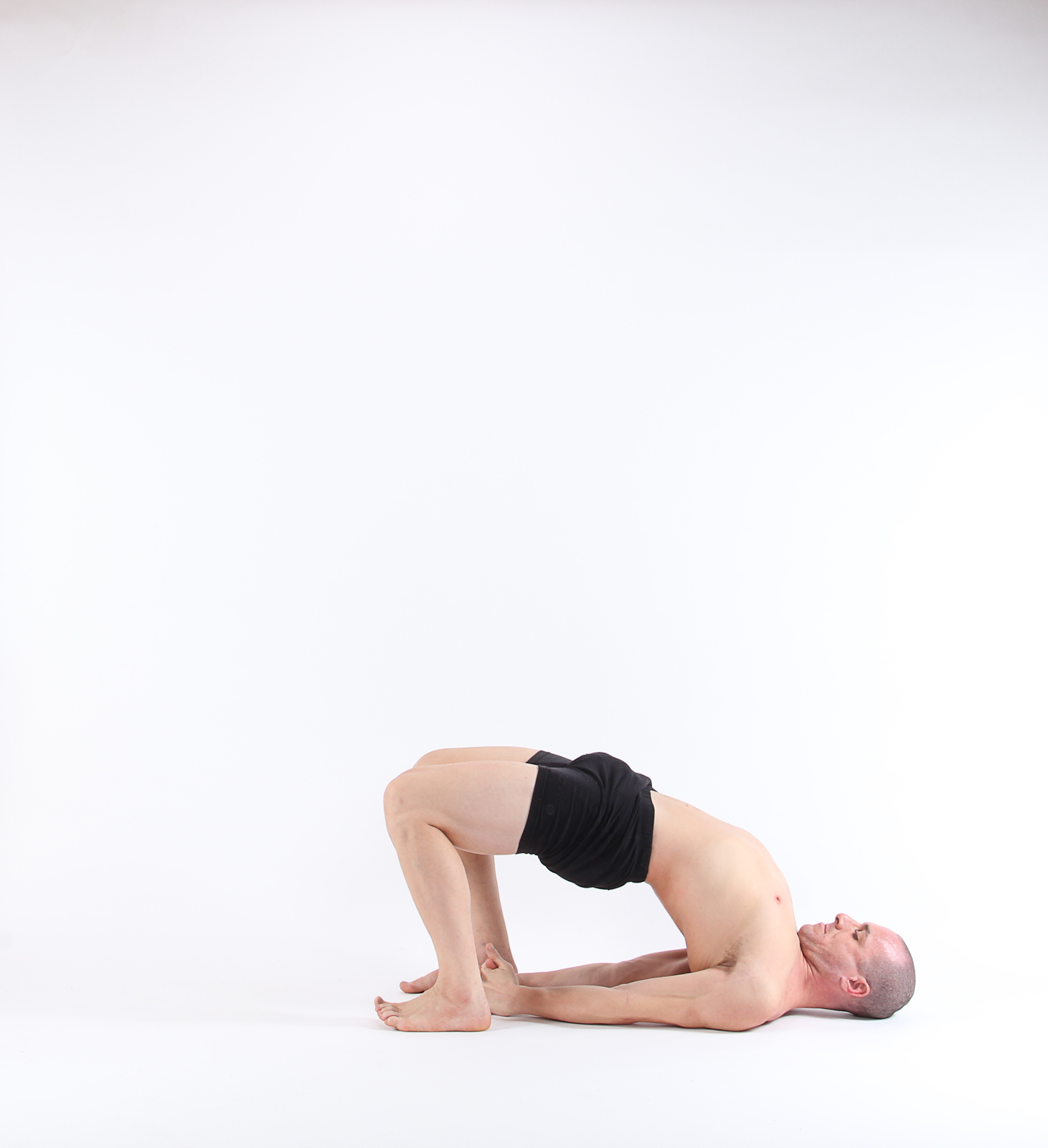 Bridge pose is great modification for Cobra as it keeps the focus on the low back.
Bridge pose is great modification for Cobra as it keeps the focus on the low back.
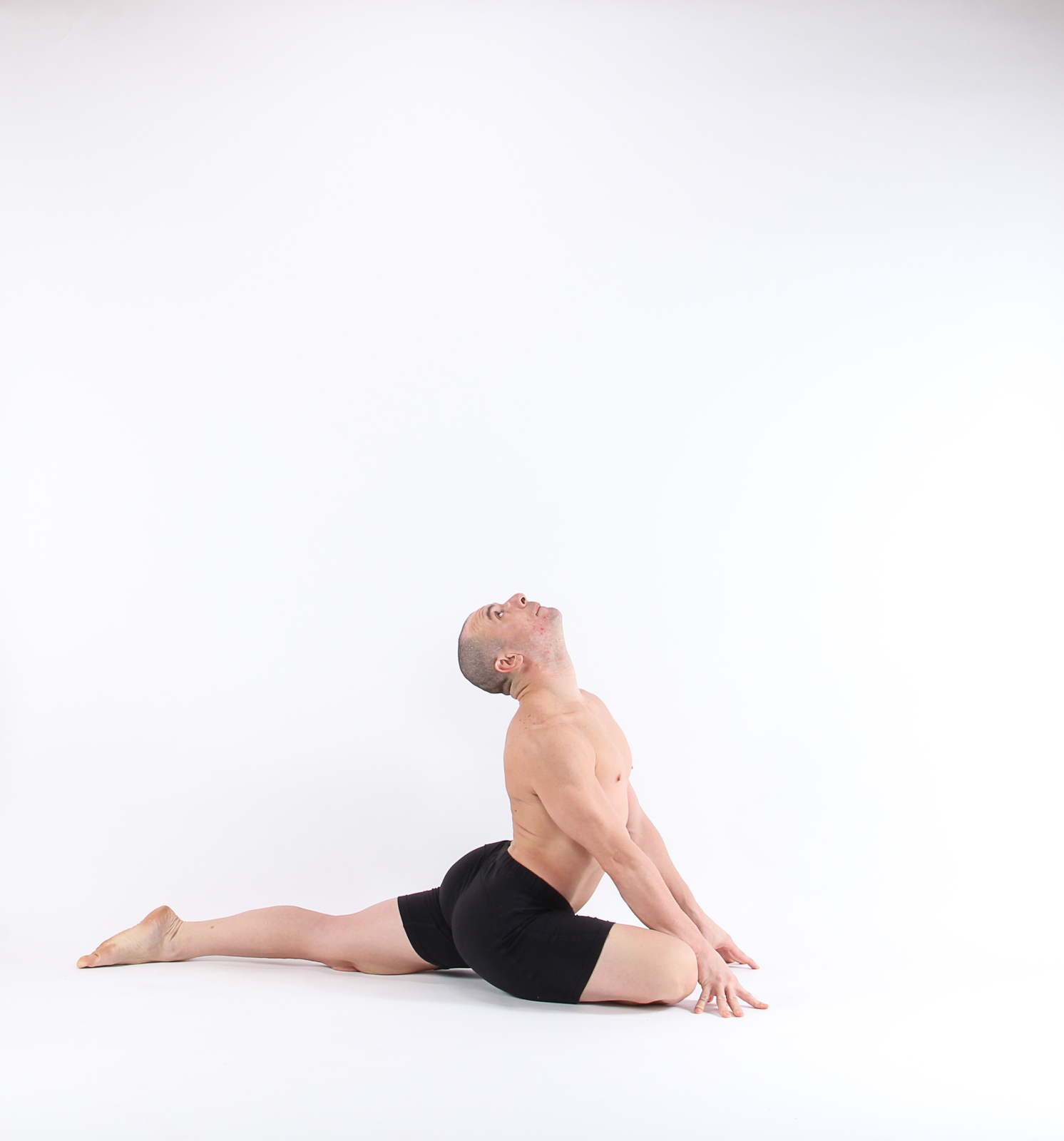 Pigeon pose is a perfect modification for Locust pose. The push through the hands helps you reach upper back and neck.
Pigeon pose is a perfect modification for Locust pose. The push through the hands helps you reach upper back and neck.
 Fixed firm pose can be used as a modification for any backbend on the belly. Perfect stretch for the hips muscles which are transforming to provide support for delivery.
Fixed firm pose can be used as a modification for any backbend on the belly. Perfect stretch for the hips muscles which are transforming to provide support for delivery.
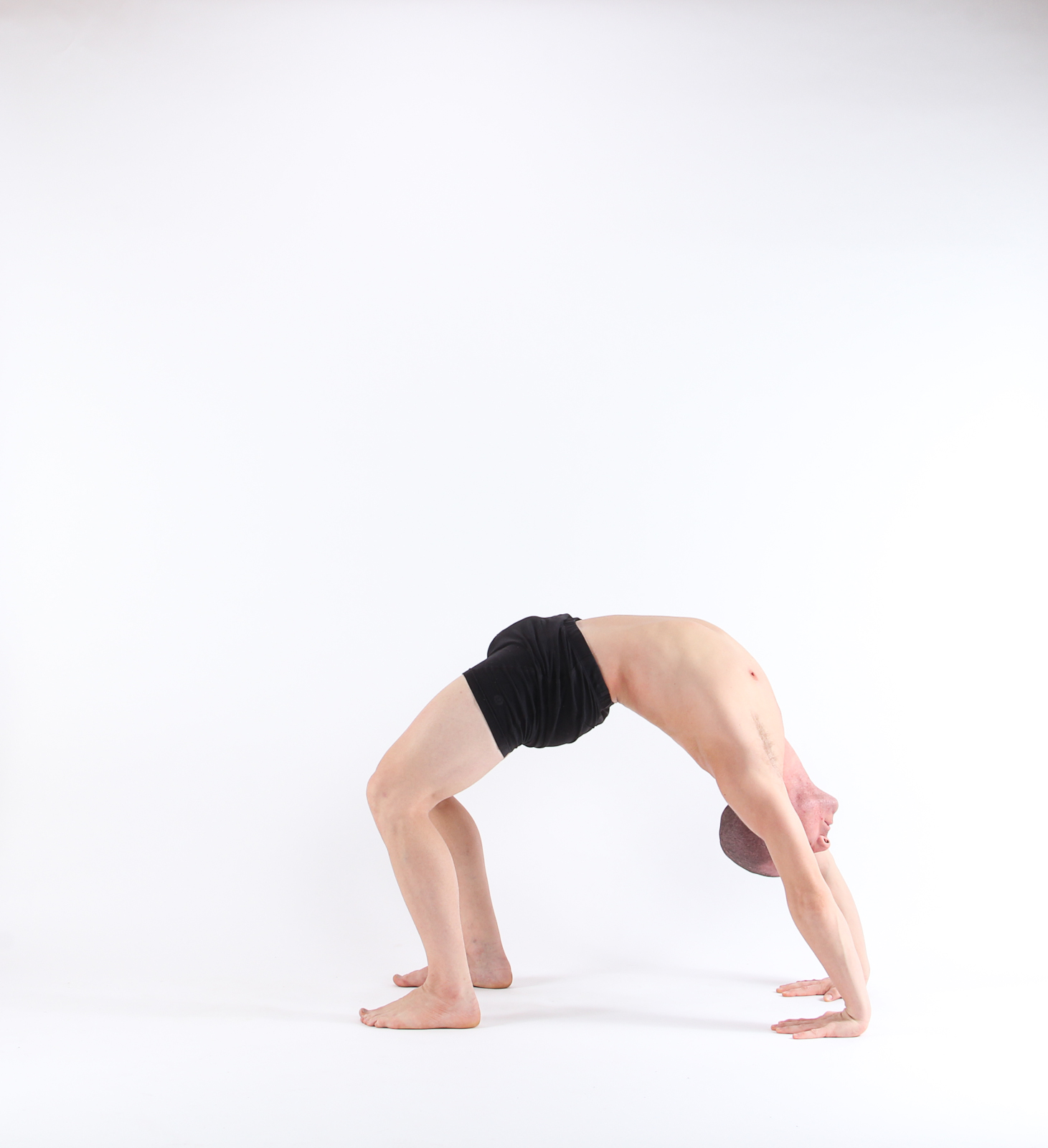 Wheel pose is one of the best modification for floor bow, if you have it in your shoulders. Otherwise chose bridge pose.
Wheel pose is one of the best modification for floor bow, if you have it in your shoulders. Otherwise chose bridge pose.

